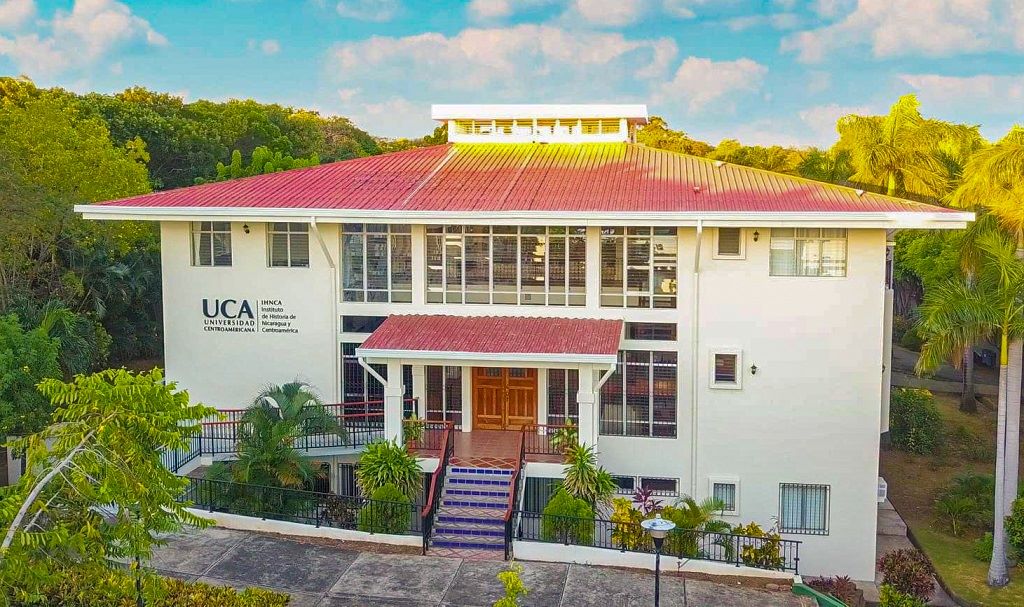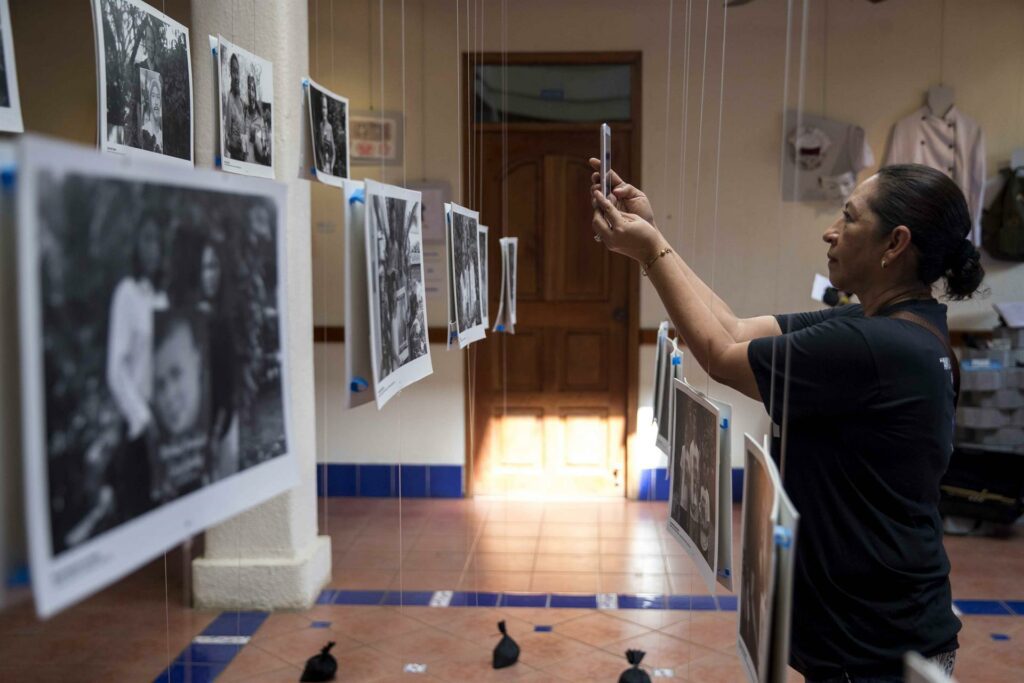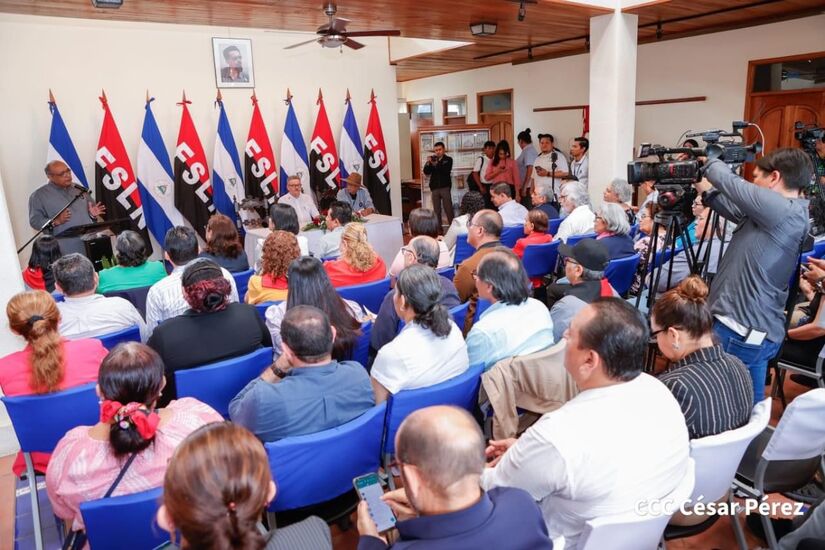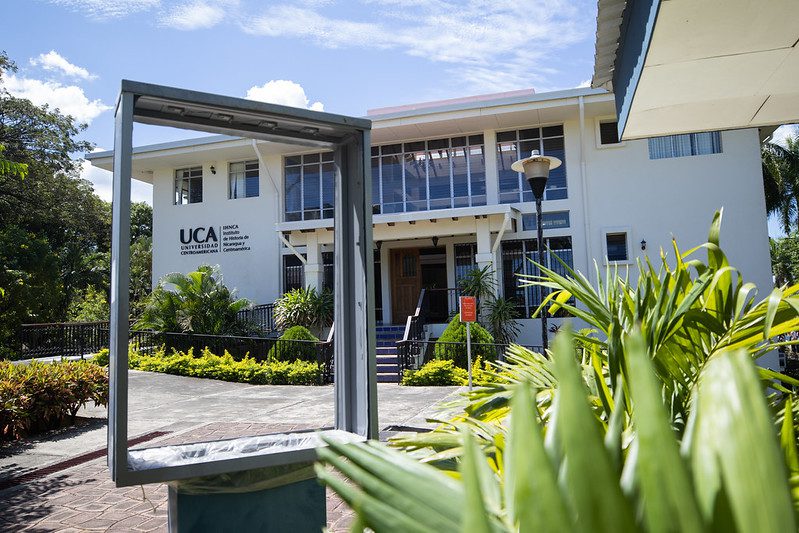The confiscation of the Institute of History of Nicaragua and Central America (IHNCA) meant the closure of the last independent space for historical research that existed in Nicaragua. For researchers and historians consulted, this measure “is a confiscation of the country’s history” by the Ortega-Murillo regime “in an attempt to impose its own narrative”.
More than two years ago, on August 12, 2021, the regime also closed the newspaper library of La Prensa, as part of the confiscation of the newspaper’s facilities. The library of La Prensa stored newspapers, magazines, supplements, books, photographs, among other documents that have been published in Nicaragua over the past 90 years. In this space, in addition to all the editions of La Prensa throughout its existence, you could find and consult old newspaper editions, such as Flecha, La Noticia, La Crónica, El Semanario, Novedades, Barricada and El Nuevo Diario.
José Luis Rocha, researcher and historian, explains that these spaces, such as IHNCA or the newspaper library of La Prensa, are the starting points or raw material for any investigation. “Historical memory is a territory that has always been in dispute and where there will always be confrontations, but the basis of these are historical archives, to which access will now be restricted,” adds Rocha.
The researcher warns that this material will now have a biased use, that is, it will not be used for scientific purposes, but for “an interested political use”.
In the case of the confiscated libraries, an immense archive of audiovisual and written material was available to the public. “In order to carry out a scientific investigation there must be evidence to validate it. Historical memory lives on that support”, says Rocha, and adds: “of course, then comes the work with that material: the elaboration, processing, presentation and historian’s interpretation, who can organize it or fabricate a consistent narrative”.
The only remaining libraries in Nicaragua are the library of the Central Bank of Nicaragua (BCN), a public center that holds newspaper archives, books and historical documents, and the National Library. However, both spaces have restricted access and are controlled by the ruling party.
Origins of IHNCA

The description of UCA’s IHNCA stated that it was “a facilitator of debates and critical reflections on history (…) It collects, catalogs and disseminates historical information stored in different formats. It favors the registration of history from different authors and compilers, establishes partnerships with students and researchers from Nicaragua and abroad.”
IHNCA was founded in 1987 by Jesuit priests Manuel Ignacio Perezalonso and Álvaro Argüello Hurtado, who promoted the study of regional history. It was the result of the merger of Instituto Histórico Centroamericano (IHCA) and Instituto de Historia de Nicaragua (IHN), and other institutions that donated materials, such as Instituto de Estudios del Sandinismo (IES) and Centro de Documentación de la Costa Atlántica (CIDCA).
All editions of the newspaper Barricada, audiovisual testimonies of the National Literacy Crusade, a collection of Comandante Tomás Borge, and documents of the dreaded Ministry of the Interior (Mint) from the 1980s were kept at the IHNCA. In addition to the extensive archives from the 1980s, it held all the editions of Novedades newspaper, the official newspaper of the Somoza dictatorship; writings on the 30 years of conservative governments at the end of the 19th century, and from the period of José Santos Zelaya. Dr. Carlos Tünnerman donated his special collection on Rubén Darío, and the actress and cultural promoter, Socorro Bonilla, donated her personal library.
This institute has collections of ancient and unique Jesuit documents: manuscripts, typescripts, photographs and short print publications, produced between the 17th and early 20th centuries.
IHNCA’s collection amounted to more than 70,000 documents in the online catalog Padre Álvaro Argüello. In 2009 it was recognized with the Prince Claus Award for promoting rigorous research work and access to historical archives. It was the first Nicaraguan institution to obtain this distinction.
IHNCA provided researchers and students with access to special collections. It also offered digitization services for requested information. All free of charge.
The dictatorship does not accept any other historical interpretation

Alberto Cortés Ramos, a political science scholar at the University of Costa Rica (UCR) who conducted research at IHNCA, believes that these confiscations of independent libraries are due to the fact that Ortega and Murillo intend to “build a memory and impose themselves”, because “they do not accept any other interpretation of history”.
Cortés Ramos points out that a country that does not have information from different points of view “loses its own identity”.
José Luis Rocha, the Nicaraguan researcher, considers that by executing these closures of research centers, the regime continues ” to dismantle the possibilities of any independent thought”, since its objective “is to rewrite history at its convenience”.
New center dedicated to the FSLN narrative

On Wednesday, August 23, one week after the confiscation of UCA, the Ortega-Murillo regime inaugurated the Heroes of Nicaragua History Institute in the IHNCA facilities. They also reopened the Museum of the National Literacy Crusade. During the ceremony, several Sandinista flags were placed, and speeches were full of praises to the party. “It is a space to show, as we were saying, our history through the archives and documentary memory, which constitute the solid base… There it is, there is the evidence of everything we are capable of doing and everything that illuminates us, like the sun that does not decline, in the creation of the future”, said Rosario Murillo, in her speech that day.
One of the researchers who worked in IHNCA told DIVERGENTES that everything seems to indicate that the institute “will be dedicated to highlight the narrative of the Sandinista Front and to the cult of this party’s memory”.
The confiscation of IHNCA was condemned by 36 historians from Costa Rica, United States, Chile, Colombia, Uruguay, Argentina, Germany, Mexico and Canada. They all signed a document in which they highlight IHNCA as “the champion of safeguarding history sources”. The historians said that “it is inadmissible (…) a vile set-up that intends to crumble one of the most important institutions of higher education in Nicaragua”.
The researcher said that IHNCA was the one that kept all the narratives of Nicaraguan history. “This political bias with which this new center is being managed does not allow to be able to carry out high-quality intellectual work,” he said. “I am sure that they will not take advantage of all this material, but they will restrict access to independent researchers, and with that they will confiscate the raw material of history”.





